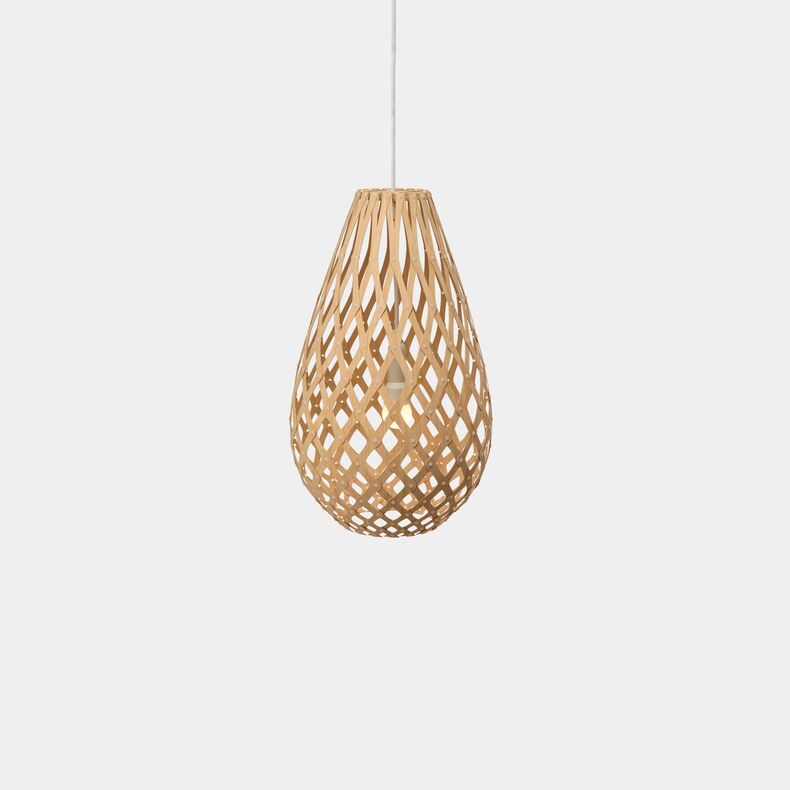- Workbook/digital portfolio
- Pens/paper
- Computer/laptop
1
Unpacking the Brief
1
Unpacking the Brief
2
Design Properties
3
Exisiting Product Evaluation
4
Hunt and Gather
5
Ideation
6
User + Object Considerations
7
Environmental Considerations
8
Developed Ideas
9
Functional Modelling
10
Construction Research & Testing
11
Working Drawings
12
Technical Drawings
13
Production Flowchart
14
Final Evaluation
Ok so if we're designing a 'one off' or 'custom' storage solution, we'll have to think about how this thing needs to look and work right? This lesson is about taking some time to think about the physical and functional needs of the solution BEFORE we jump into sketching and research.
Equipment
Guiding questions
Think about these questions as you work your way through the lesson:
Physical + Functional Properties
At this point, you need to consider what YOU think the most important physical and functional properties of your design will be. By choosing what you deem necessary to your design (with the brief in mind), this step will help give you an outline of where to go next.
Physical properties are observable features of a product or system. These could be features such as colour, texture, opacity, viscosity etc. It is the designerly information a user might first observe from the product.
For example: Kōura pendant light was inspired by woven baskets and also from the curled form of the New Zealand native freshwater shrimp, kōura, which is its Maori name.
Functional properties are made up of areas of a product which have a specific purpose that needs to be achieved (utility and practical function). The way the user interacts with the product shows the aspects of its function.
For example: Trubridge uses a lightweight material to make his pendant light also flexible. This makes sure the product is not too heavy and helps to achieve complex and organic shapes without stressing the materials.

David Trubridge's pendant light 'Koura'
When thinking about the physical and functional design properties of a bespoke storage solution, there should be a few properties that should stand out such as;
Durability (physical property)
Your materials need to be durable and able to withstand the environment it is located in (outdoors - weatherproof/workshop - will withstand some rough and tumble behaviour). Even the most basic of storage solutions need to have the physical capability of storing and to do that, the materials used need to be appropriate.
User needs (functional property)
It is important that the needs of the user are met. As well as additional requirements which are quite basic, requirements such as: unit won’t collapse; can store the required amount of items; is a functional product in the space it inhabits. Some other user needs might include: shelves that can be reached by people of varying heights. Or can it fit all different objects of varying shapes and sizes that the user may own?
Think about some solutions to these storage needs:

David Trubridge's pendant light 'Koura'
Instructions
Using your workbook, complete these tasks/questions:
Hollie's thoughts
A physical property is any property that is measurable, whose value describes a state of a physical system. The changes in the physical properties of a system can be used to describe its changes between momentary states.
My definition: Physical properties are observable features of a product or system, features such as colour, texture, opacity, viscosity etc. It is the information a user might first observe from the product.
Function can be expressed as a number of properties related to the usage of a product. These properties include the relationship between a product and a consumer.
My definition: Functional properties are made up of areas of a product which have a specific purpose that needs to be achieved (utility and practical function). The way the user interacts with the product shows the aspects of its function.
Most important physical: I think that the most important physical properties of a storage solution would be that the materials used are durable, and will be able to withstand the environment it is located (outdoors - weatherproof/workshop - will withstand some rough and tumble behaviour). Even the most basic of storage solutions need to have the physical capability of storing, and to do that the materials used need to be appropriate.
Most important functional: With functional properties, it is important that the needs of the user is met, as well as additional requirements which are quite basic, requirements such as: unit won’t collapse; can store the required amount of items; is a functional product in the space it inhabits. User needs might include: shelves can be reached by people of varying heights; can fit all different objects of varying shapes that the user may own.
What do I know we need in my workshop space?